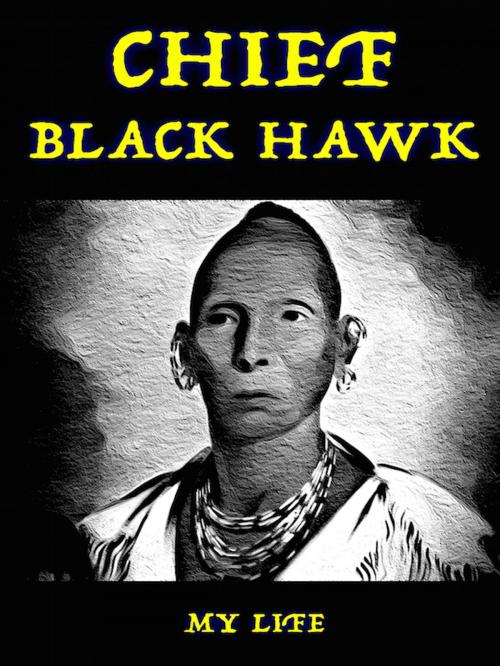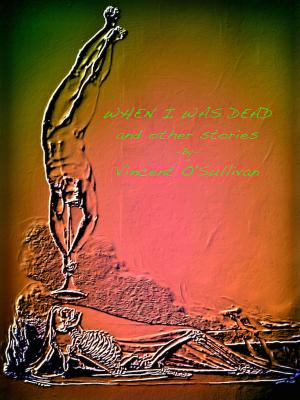| Author: | Chief Black Hawk | ISBN: | 1230001415193 |
| Publisher: | Editions Artisan Devereaux LLC | Publication: | November 4, 2016 |
| Imprint: | Language: | English |
| Author: | Chief Black Hawk |
| ISBN: | 1230001415193 |
| Publisher: | Editions Artisan Devereaux LLC |
| Publication: | November 4, 2016 |
| Imprint: | |
| Language: | English |
"I am a Sauk...I am a Warrior…"
Chief Black Hawk is best known for the war that bears his name. The Black Hawk War of 1832 was the last Indian war fought east of the Mississippi River.
The Indians' defeat spelled the end of 200 years of armed resistance to European-American encroachment on Indian lands.
Perhaps no Indian ever saw so much of American expansion or fought harder to prevent that expansion from driving his people to exile and death.
An army whose members included Captain Abraham Lincoln and Lieutenant Jefferson Davis pursued Black Hawk himself.
After his capture, he was imprisoned, then eventually released to live in the territory that is now Iowa.
Black Hawk dictated his autobiography to Antoine LeClaire, a government interpreter living at Fort Armstrong. It was published in 1833.
Black Hawk fought hard to preserve the ancestral home of his people, as well as their time-honored customs and traditions. Unfortunately, he was born at a time when the ancient ways of his people were fast crumbling before the cultural pressure of the New Americans.
Since its first appearance in 1833, Black Hawk’s autobiography has come to be regarded as an American classic.
BLACK HAWK (1767–1838) was a warrior of the Sauk American Indian tribe in what is now the Midwest of the United States. During the War of 1812, Black Hawk fought on the side of the British against the U.S., hoping to push white American settlers away from Sauk territory. After the war, U.S. forces captured him. Before being released, Black Hawk told his story to an interpreter. He published the Autobiography of Black Hawk, in 1833. It was the first Native American autobiography to be published in the U.S.,
"Not only an American classic but is one of the relatively few accounts of American-Indian relations as they appeared to a leader of the Indians."
—Americana
"I am a Sauk...I am a Warrior…"
Chief Black Hawk is best known for the war that bears his name. The Black Hawk War of 1832 was the last Indian war fought east of the Mississippi River.
The Indians' defeat spelled the end of 200 years of armed resistance to European-American encroachment on Indian lands.
Perhaps no Indian ever saw so much of American expansion or fought harder to prevent that expansion from driving his people to exile and death.
An army whose members included Captain Abraham Lincoln and Lieutenant Jefferson Davis pursued Black Hawk himself.
After his capture, he was imprisoned, then eventually released to live in the territory that is now Iowa.
Black Hawk dictated his autobiography to Antoine LeClaire, a government interpreter living at Fort Armstrong. It was published in 1833.
Black Hawk fought hard to preserve the ancestral home of his people, as well as their time-honored customs and traditions. Unfortunately, he was born at a time when the ancient ways of his people were fast crumbling before the cultural pressure of the New Americans.
Since its first appearance in 1833, Black Hawk’s autobiography has come to be regarded as an American classic.
BLACK HAWK (1767–1838) was a warrior of the Sauk American Indian tribe in what is now the Midwest of the United States. During the War of 1812, Black Hawk fought on the side of the British against the U.S., hoping to push white American settlers away from Sauk territory. After the war, U.S. forces captured him. Before being released, Black Hawk told his story to an interpreter. He published the Autobiography of Black Hawk, in 1833. It was the first Native American autobiography to be published in the U.S.,
"Not only an American classic but is one of the relatively few accounts of American-Indian relations as they appeared to a leader of the Indians."
—Americana















